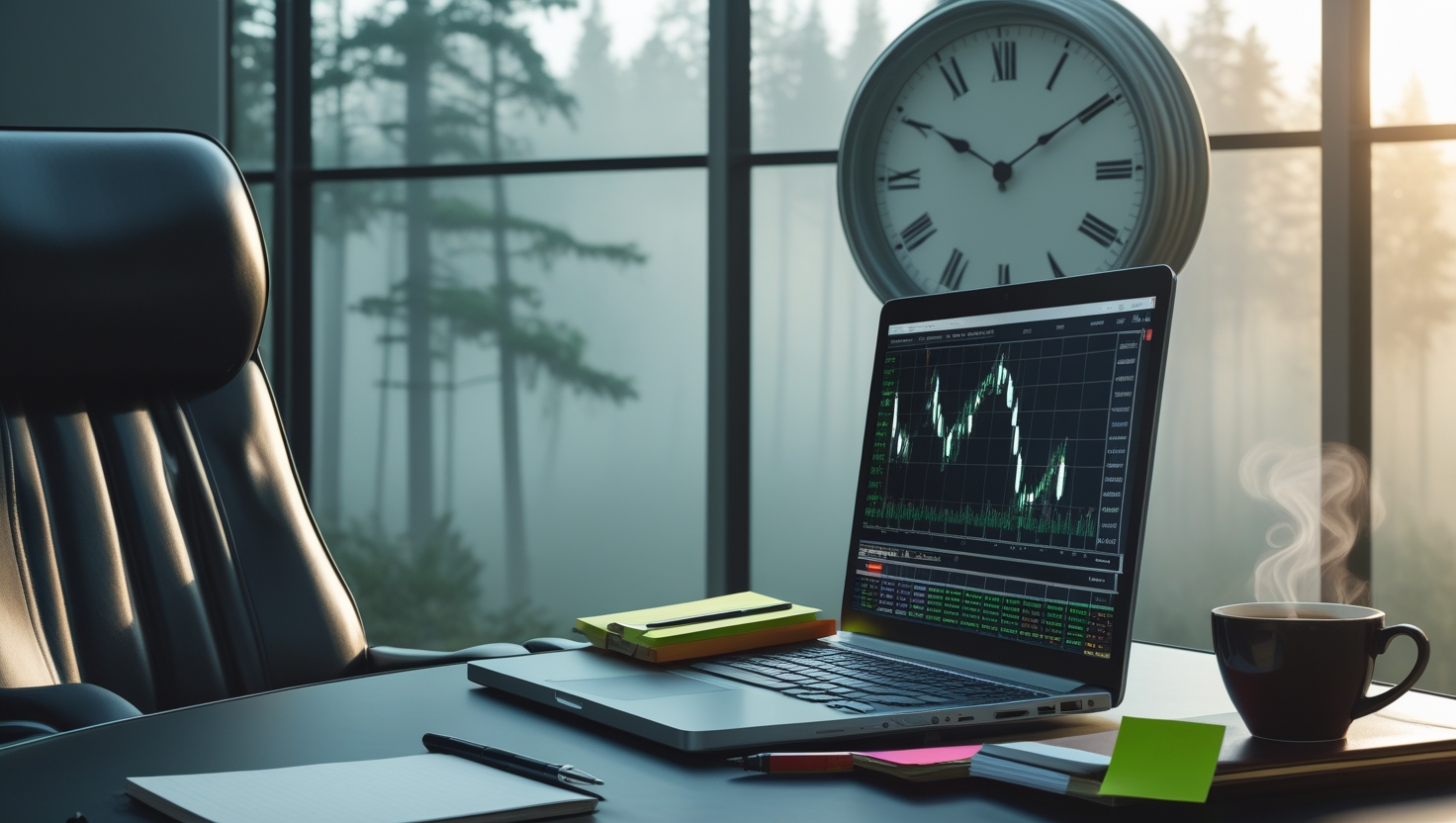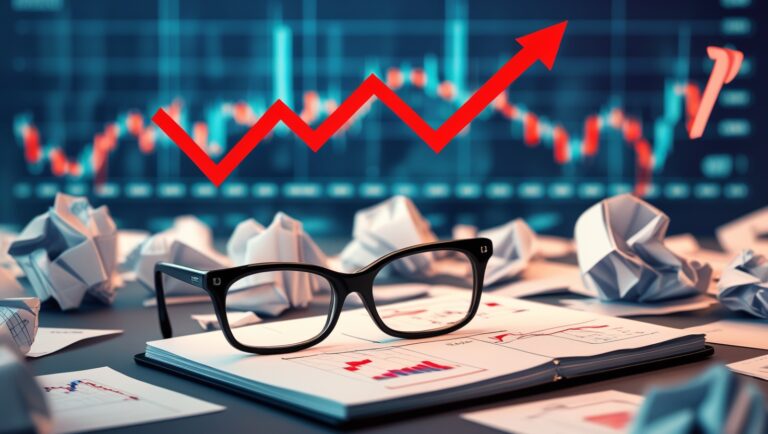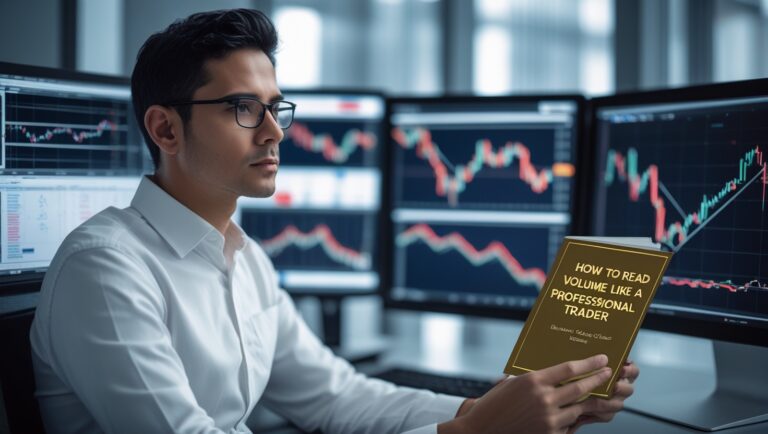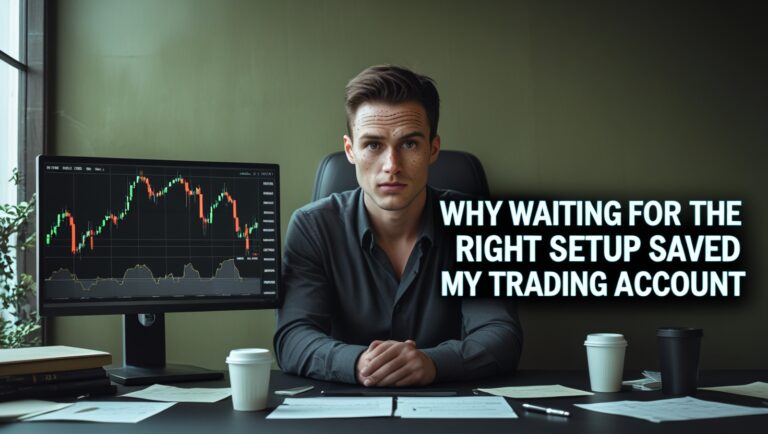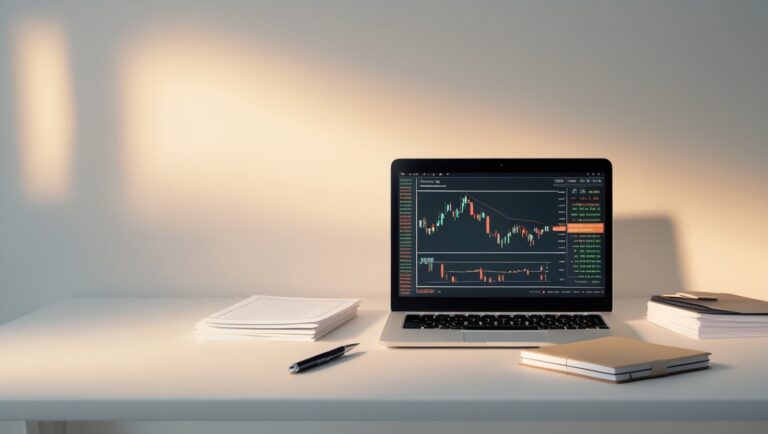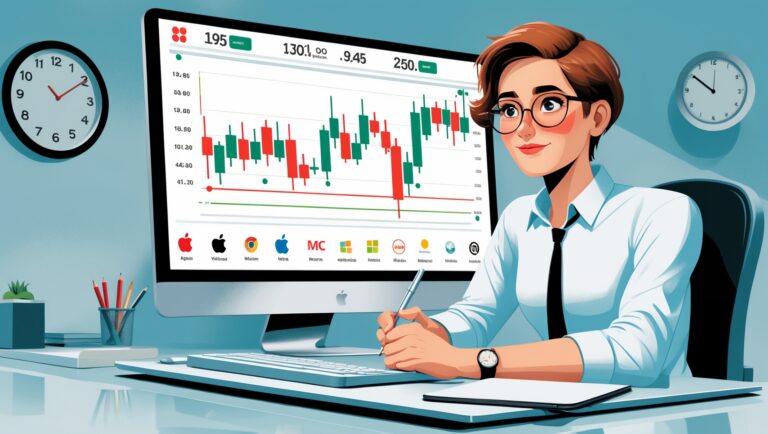Best Time of Day to Trade Stocks (And Why I Don’t Trade All Day)
Best Time of Day to Trade Stocks (And Why I Don’t Trade All Day)
One of the most important lessons I’ve learned in trading is that not all hours of the trading day are created equal. When I first started, I thought I had to sit in front of my screen from 9:30 AM to 4:00 PM. I was exhausted, overwhelmed, and overtrading. But once I figured out the best time of day to trade stocks, everything changed — including my results.
Now, I only trade during a specific window — and that decision alone helped me become a more consistent and stress-free trader. In this post, I’ll show you what time I focus on, why it works, and how it connects to the system I share in my ebook, where I break down the simple setups I use to pay bills every month using stocks.
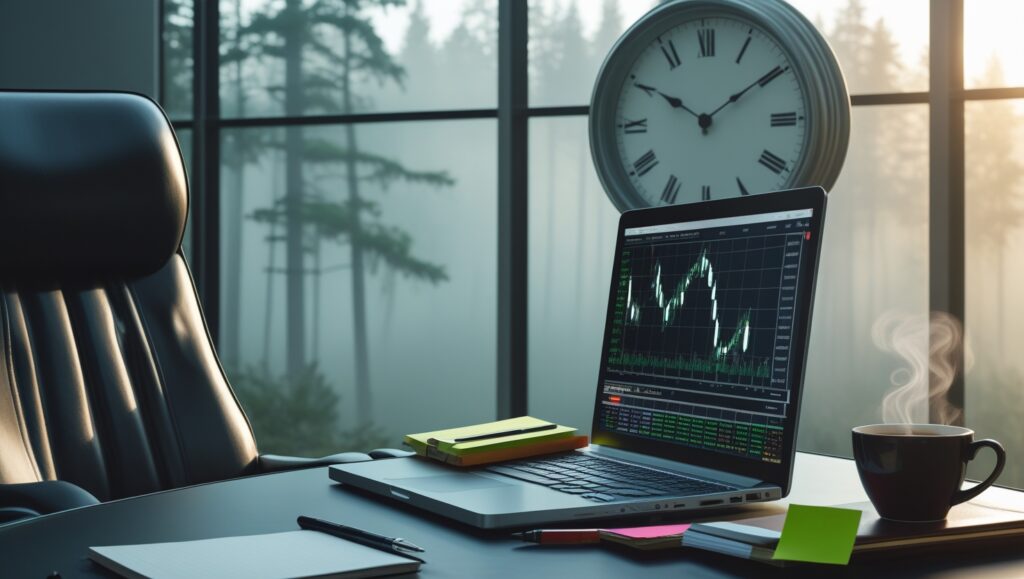
Table of Contents
Why the First 90 Minutes Matter Most
I do almost all my trading between 9:30 AM and 11:00 AM — and here’s why: that’s when volume is highest, momentum is strongest, and clean setups appear. The open brings in the most action from overnight news, earnings, and gap-ups. If you know what to look for, you can find high-probability trades right at the start.
After 11:00 AM, I start seeing more chop, less volume, and fewer clean moves. That’s when most beginners start forcing trades — and giving profits back. I’ve done that. It doesn’t end well.
Why I Don’t Trade All Day
I used to think I had to be glued to the charts. But after tracking my trades, I realized that most of my winners came in the first 60–90 minutes — and most of my losses came after lunch. So now, I focus only on the opening range, make my move, and step away.
I don’t need to sit there all day. I’m not trying to “beat the market” — I’m just trying to take one or two clean setups and be done.
My Morning Routine Before the Bell
Before 9:30 AM, I build a tight watchlist of 5–6 stocks using pre-market gainers, sector momentum, and volume scans. I write down key levels, float size, and news. Then, I wait for confirmation once the bell rings.
This prep work is what I teach inside my ebook:
👉 Download it here
I don’t just jump in — I wait for the setups I’ve planned for. And if they don’t come? I skip the day.
The Lunch Trap
Around 12:00 PM to 2:00 PM, volume dries up. Price action gets choppy. You’ll see random spikes that don’t hold. I call this the “trap zone.” It’s when boredom or FOMO makes people overtrade. I’ve fallen for it. But now, I avoid it completely.
Instead of forcing trades, I use that time to review the morning, journal my trades, or walk away. Because the real edge is knowing when not to trade.
Power Hour: When I Sometimes Come Back
Once in a while, I’ll return for Power Hour (3:00–4:00 PM) if there’s a strong trend holding all day or a breakout is setting up. But this is rare — and only if I’ve stayed flat during the morning.
I treat Power Hour the same way I treat the open: I wait for confirmation and volume, and I always know my risk.
Final Thoughts
If you’re trading all day, you’re not alone — I did it too. But the more time you spend trading, the more likely you are to make emotional decisions. The best traders I’ve met trade less, not more. They show up, take their shot, and walk away.
Now I trade a few clean setups between 9:30 and 11:00 AM, and that’s how I pay my bills. It’s simple, focused, and stress-free.
Want to learn how I build that watchlist, find those setups, and avoid the noise?
👉 Grab my ebook
I explain my routine step by step — from watchlist to exit — so you can follow a strategy that actually works without trading all day.
One of the biggest turning points for me as a trader was accepting that quality trades matter more than quantity. I used to sit there staring at charts all day long, thinking that more time in front of the screen would lead to more profits. But all it did was wear me out and lead to sloppy trades.
After tracking hundreds of trades, I realized my most profitable trades came between 9:30 AM and 10:45 AM. That early market momentum gave me the cleanest breakouts and most predictable setups. Anything after that felt like guesswork.
Another major benefit of trading only during high-volume hours is that I protect my mental energy. Trading all day drains your decision-making ability. But when I’m in and out early, I have the rest of the day to do other things — and I’m not stuck chasing every candle on the chart.
I learned how to build a morning plan that works. It starts with a clean watchlist, proper levels, and a reminder to only take setups that meet my criteria. Inside my ebook, I go over how I build that watchlist and what I look for before the bell even rings.
This focused approach didn’t just improve my consistency — it reduced my stress. I no longer feel like I’m missing out if I walk away after 10:45 AM. I know that if a clean setup didn’t show up during the open, then there’s no need to force a trade.
In fact, some of my best trading days are when I didn’t trade at all. It sounds crazy, but having the discipline to say “not today” is one of the most powerful habits a trader can develop. It keeps your account safe and your confidence intact.
Many new traders make the mistake of thinking they have to “make something happen” during the day. But in reality, most of the market is noise. The edge is in learning to wait — and being prepared when the opportunity does come.
I’ve also found that the more I trade, the more fees I rack up — especially if you’re using a platform with commissions or slippage. By only trading during high-probability windows, I minimize costs and maximize impact.
The truth is, most professional traders don’t trade all day. They show up, do their job, and walk away. That’s how I treat this too — like a job, not a game. I don’t need to be in the market all day to feel productive.
That’s why I encourage every beginner to start by focusing on one session: the first 90 minutes. If you can master that window, you can build consistency — and eventually create a routine that pays bills like I do.
If you want the exact method I use to keep things simple and effective,
👉 grab my ebook here.
I walk through my schedule, watchlist strategy, and setups that have helped me trade less and live more — without needing expensive tools or alerts.
You don’t need the full day. You just need a repeatable process — and that’s what I built for myself and now share with others who want real, no-hype results.

Stay ahead in the stock market! Subscribe to our newsletter and receive exclusive stock flow reports, trading insights, and actionable tips directly in your inbox. Join thousands of traders who get our updates first.

